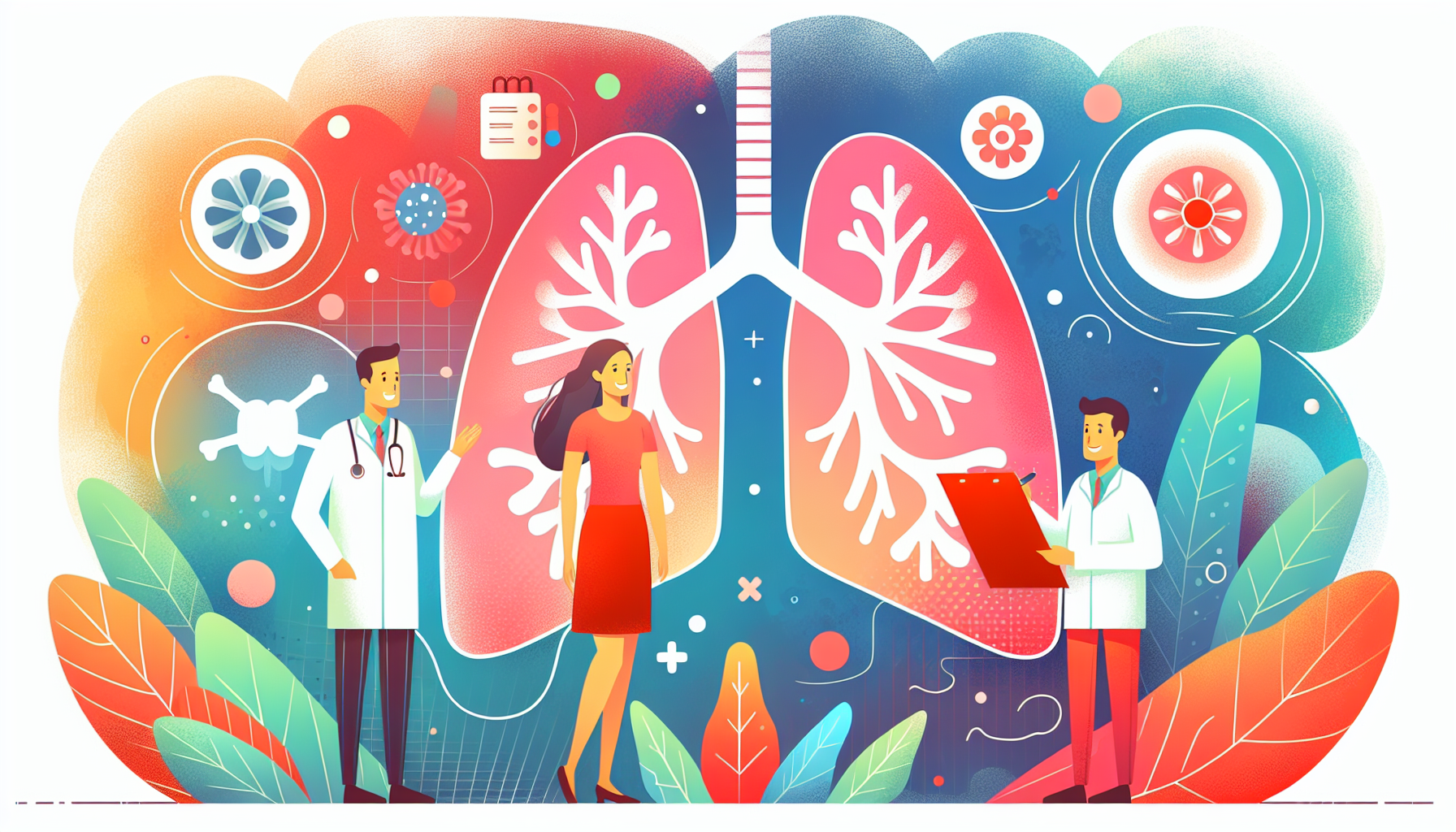Tirzepatide for Sleep Apnea - Can It Help?
Understanding Sleep Apnea and Its ChallengesSleep apnea is a common yet serious sleep disorder characterized by repeated interruptions in breathing during sleep. These pauses [...]
Read More
Medically reviewed by Abhijit Bhattacharyya | MD, PhD, MBA, Tufts University School of Medicine - Miami, Florida on January 18th, 2024.
Lung diseases are among the most common medical conditions worldwide, affecting millions of people in the United States alone. These diseases can be caused by various factors, including smoking, infections, and genetic predisposition. To better understand lung diseases, it's essential to know how your respiratory system works.
Your lungs are part of a complex system that expands and relaxes thousands of times each day to bring in oxygen and expel carbon dioxide. When any part of this system is compromised, lung disease can occur.
Lung diseases can affect different parts of your respiratory system, including the airways, air sacs (alveoli), interstitium, blood vessels, pleura, and chest wall. Let's explore each of these areas and the diseases that can affect them.
Your airways consist of the windpipe (trachea) and bronchi, which branch into smaller tubes throughout your lungs. Diseases that can affect the airways include:
Asthma
Chronic obstructive pulmonary disease (COPD)
Chronic bronchitis
Emphysema
Acute bronchitis
Cystic fibrosis
The air sacs, or alveoli, are tiny sacs that make up most of your lung tissue. Diseases that can affect the alveoli include:
Pneumonia
Tuberculosis
Emphysema
Pulmonary edema
Lung cancer
Acute respiratory distress syndrome (ARDS)
Pneumoconiosis

The interstitium is the thin, delicate lining between your alveoli. Diseases that can affect the interstitium include:
Interstitial lung disease (ILD)
Sarcoidosis
Idiopathic pulmonary fibrosis
Autoimmune diseases
The blood vessels in your lungs, called pulmonary arteries, can also be affected by various diseases, such as:
Pulmonary embolism (PE)
Pulmonary hypertension
The pleura is the thin lining that surrounds your lung and lines the inside of your chest wall. Diseases that can affect the pleura include:
Pleural effusion
Pneumothorax
Mesothelioma
Your chest wall plays a crucial role in breathing. Diseases that can affect the chest wall include:
Obesity hypoventilation syndrome
Neuromuscular disorders (e.g., amyotrophic lateral sclerosis, myasthenia gravis)
If you experience symptoms such as persistent coughing, wheezing, shortness of breath, or chest pain, it's essential to consult with your healthcare provider. Early diagnosis and treatment can help manage lung diseases and improve your quality of life.
For more information on lung diseases, visit the following reputable sources:
Understanding Sleep Apnea and Its ChallengesSleep apnea is a common yet serious sleep disorder characterized by repeated interruptions in breathing during sleep. These pauses [...]
Read MoreHeart attacks are often perceived as a predominantly male health issue, but the reality is that heart disease is the leading cause of death for women worldwide. Recognizing [...]
Read MoreTelehealth has transformed the way patients access healthcare, offering convenience, speed, and accessibility that traditional in-person visits often cannot match. With the [...]
Read More